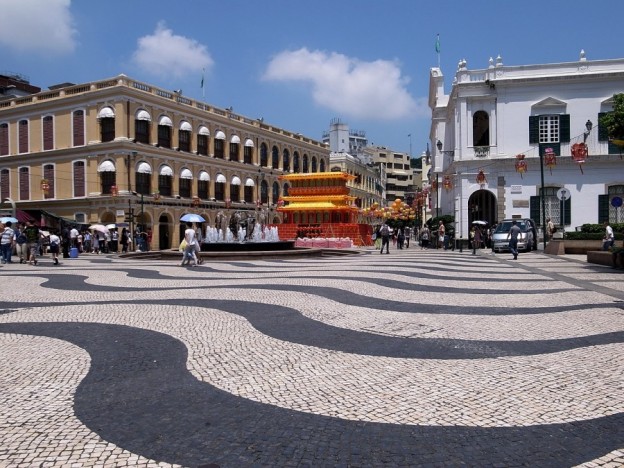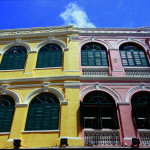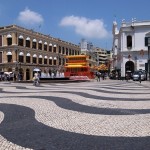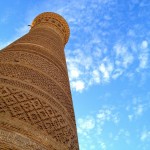Mike Pickup takes us on an exploration of Macao’s stunning mix of old Portugal and new China
“Will you be using the bridge?” enquired my neighbour when she learned I was visiting Macao.
The world’s longest sea bridge, linking Hong Kong to Macao, stretches thirty-six miles across the Pearl River Delta. Little used because of government restrictions it is, at nearly nineteen billion dollars, probably also the world’s most expensive ‘white elephant’.
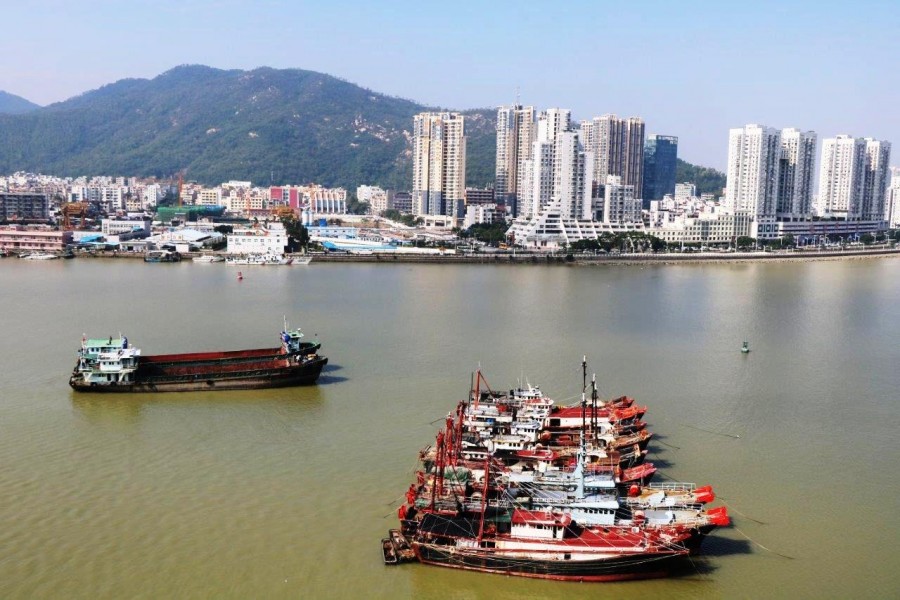
However, I wasn’t using the bridge, I’d been booked on the popular fast ferry. On arrival at Hong Kong airport I avoided passport control and went straight to the airside ferry check-in. My suitcase was collected from the carousel and loaded onto the ferry for me and, with typical efficiency, my ticket checked before boarding the ferry to ensure that my luggage had been taken care of. I finally met up with it again in Macao’s outer harbour ferry terminal.
Macao was part of Portugal from 1557 until 1999 when it became a Special Administrative Region of China, able to determine a number of its own affairs. It offers visitors three highly contrasting experiences; the busy and crowded old town with its Portuguese heritage, Cotai, full of modern casinos and resort hotels, and Coloane, a peaceful, relaxing almost rural environment.
Macao Old Town
After disembarking the ferry in the early evening I started my visit in the old town. It’s dominated by the Macao Tower, at just over one thousand feet, it’s one of Asia’s tallest and has a great revolving buffet restaurant. Over dinner, I was able to admire the night-time scene as well as sample some of the food that has led to Macao being awarded UNESCO recognition for its creative gastronomy. The tower is also famous for hosting bungee jumpers who raise significant amounts for charity.
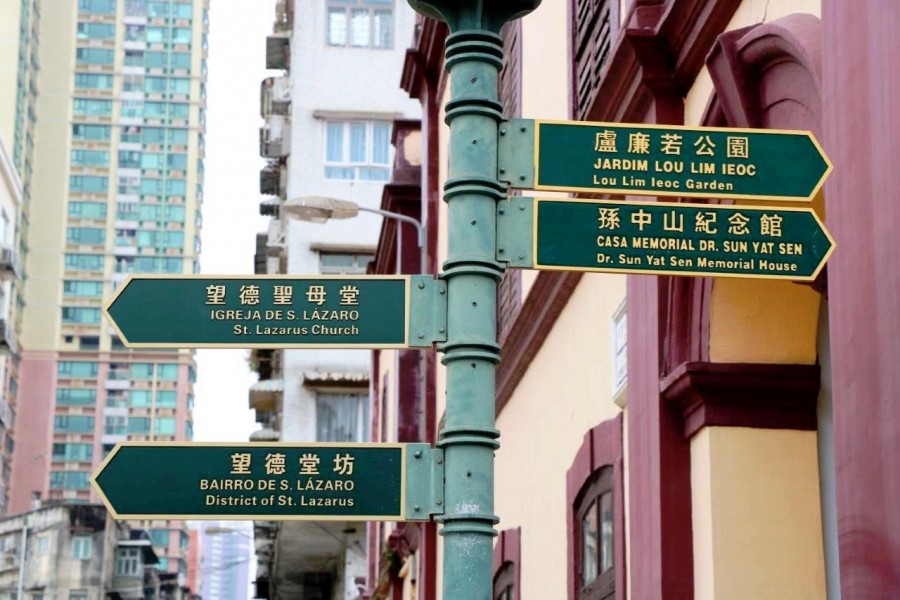
With its multi-lingual street signs, the old town is full of markets, small shops, street food outlets and traditional tea rooms. None is more traditional than the Lung Wah Tea House which has earned an entry in the Michelin guide. The food is excellent, especially the Dim Sum, guests still fill their own teapots from a large boiler, and bills are calculated on an abacus.
In amongst the narrow crowded streets are open areas such as the Lou Lim Ieoc Garden, a haven of peace and tranquillity. It was created by a local merchant, Lou Kau, as part of his private residence but is now owned by the Government and is popular with locals. One of its many features is a curvy bridge spanning a large pond. Legend has it that evil spirits can travel only in straight lines so they are unable to follow you across the bridge.
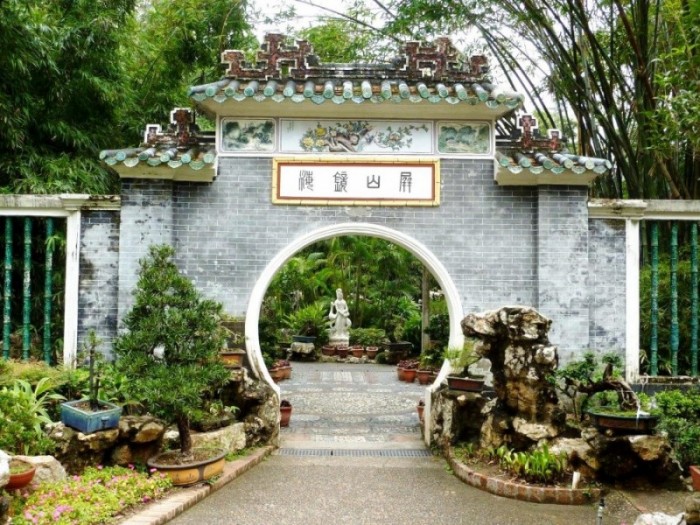
The nearby ruins of St Paul’s church are, oddly, one of historic Macao’s biggest attractions, although having been burned down three times, all that remains is the façade. Close by, but far removed from the hustle and bustle, is the St Lazarus district. Centred on St Lazarus Church it is Macao’s creative centre, the cobbled streets, colonial houses and tranquillity are ideal for the artists, designers and others who live and work there.
Macao covers just eleven square miles and is one of the most densely populated areas on earth so it’s not surprising that housing consists largely of blocks of flats, many with fenced-in balconies containing washing that has been put out to dry. The fences are there to prevent laundry from being blown away or falling onto unsuspecting pedestrians.
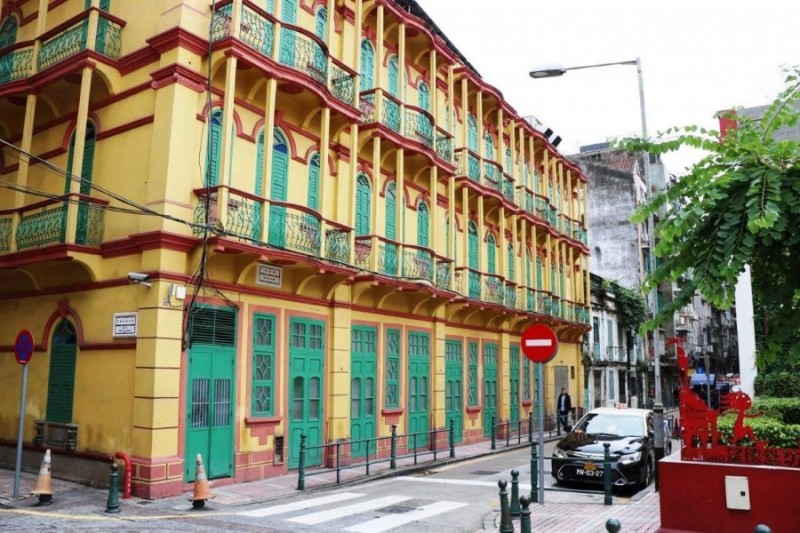
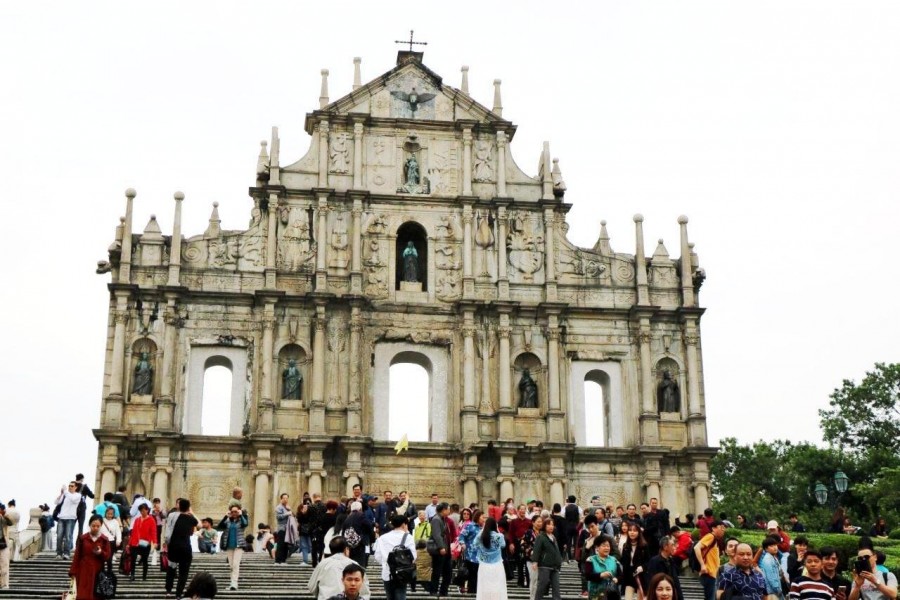
Linked to downtown Macao by three bridges, Taipa Village was originally home to fishermen. Its narrow, busy streets provide visitors with a taste of Macao’s past and an opportunity to savour its diverse cuisine. I had dinner at Antonio’s, a cosy Portuguese restaurant serving authentic food and offering guests a traditional glass of Port at the end of their meal.
Cotai
Cotai is often referred to as the Las Vegas of the East and is where visitors can find huge resort hotels, casinos and lavish entertainment. It generates around seven times the gambling revenue of Las Vegas.
I visited the City of Dreams and saw their famous show ‘House of Dancing Water’. Produced by Franco Dragone who was responsible for some of the Cirque du Soleil shows, it’s an incredible production mixing elements of Cirque with water.
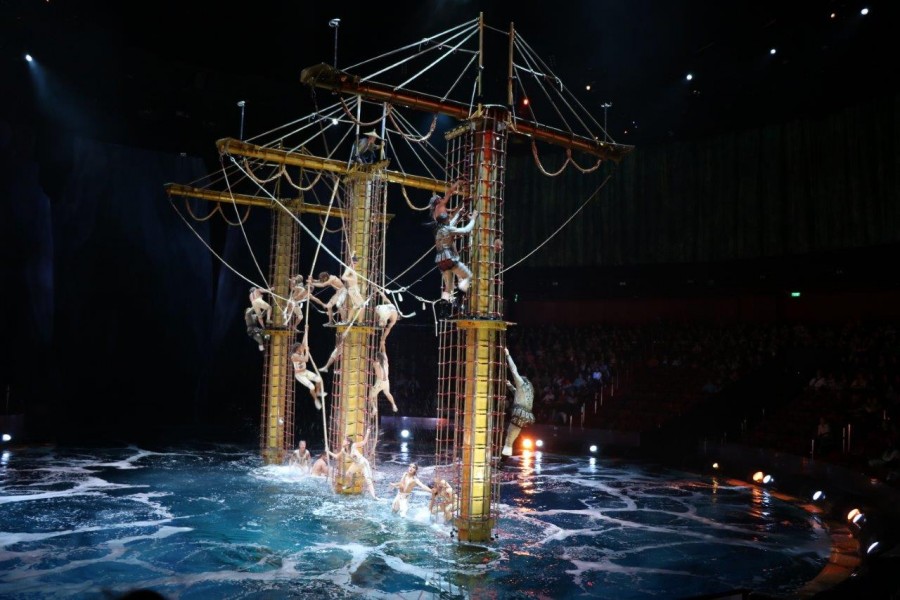
The main part of the stage consists of a pool holding four million gallons. The stage itself is divided into eleven parts that fit together but each one can be raised one meter above the surface and dropped to seven meters below during the performance. It’s a spectacular and unique experience; if you were only ever to see one show in your life then this must be it.
I also took a gondola ride to the Wynn Palace Hotel and watched the musical fountain display before heading off for a drive around the area. Like other hotels on the Cotai Strip, the Venetian is modelled on its Las Vegas counterpart. The 39 storey structure contains three thousand suites and the world’s largest casino with eight hundred gambling tables.
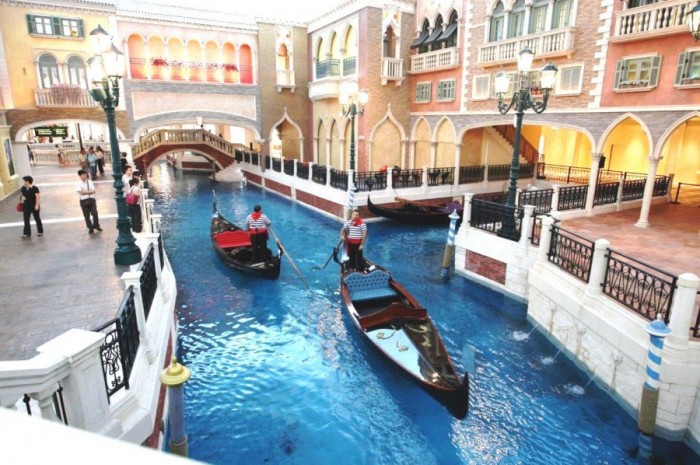
Coloane
In total contrast, Coloane is as close as Macao gets to sleepy countryside. Seac Pai Van Park is an open area popular with locals wanting respite from the busy city life. The park is home to the Giant Panda Pavilion where its famous inhabitants, including twins Jian Jian and Kang Kang, are kept in air-conditioned comfort for most of the year. Nearby is another famous Macao landmark,
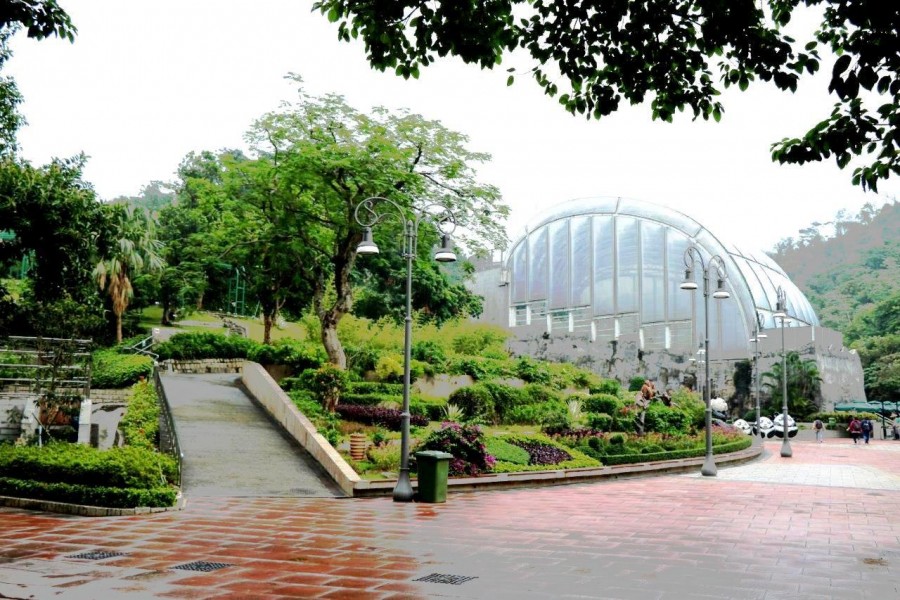
Lord Stow’s Bakery. Those familiar with Portuguese cuisine will know that its custard tart ‘pastel de nata’ is a national dish, but it is claimed that the best ones come from the bakery in Coloane. I wouldn’t dispute that.
It’s just another example of how Macao blends its heritage. Portuguese, Chinese and Macanese food, a fusion of flavours brought about by Macao’s Portuguese maritime past, are available everywhere, from street vendors to the eighteen Michelin-star restaurants that call Macao home. There’s simply nowhere like it.
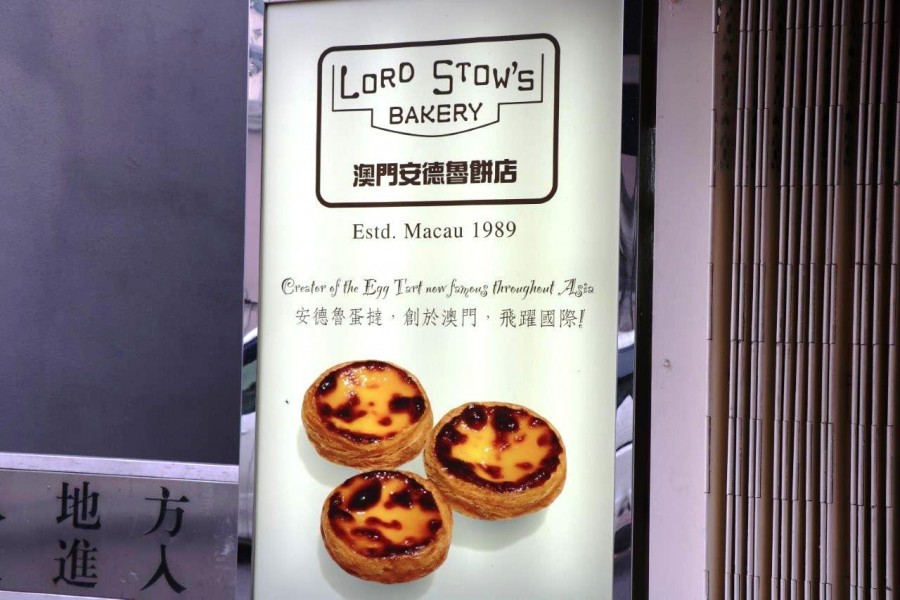
I was sad to leave this amazing place but was once again impressed by its efficiency. Checking in at the ferry terminal in Macao I was also checked in for my flight from Hong Kong to London and airline luggage labels were attached to my suitcase. I was also given a voucher for HK$120 (around £12). Apparently air tickets to Hong Kong include this amount as an entry tax. However, as I had technically not entered Hong Kong I was due a refund. I cashed in my voucher when I disembarked the ferry. It was enough to buy a large beer while waiting for my overnight flight back to London.
Tell me more about Macao
I flew to Hong Kong with Cathay Pacific and stayed at the Sofitel Macau At Ponte 16, Need more information on Macao? Go to VisitMacao. Holiday Extras offers Meet and Greet parking, airport lounge and other services at all major UK airports.

